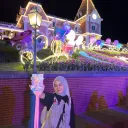Not just Boracay...
Córdoba Through a Muslim Lens: Discovering Al-Andalus in Modern Spain
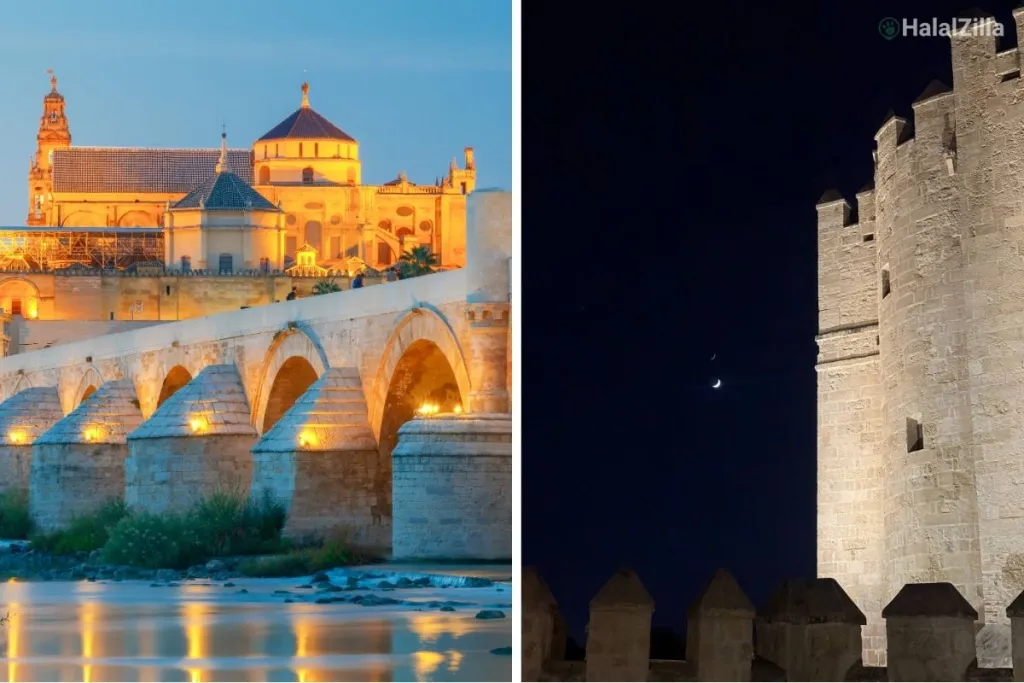
Before arriving, I thought Córdoba would just be another city with Islamic history. But during a chat with my travel partner (shout out to Chet Ramos), she said it was one of her favourite cities in Spain and that I’d soon understand why. She was right — now I could easily imagine spending the rest of my life here! No wonder Córdoba is called the beating heart of Al-Andalus.
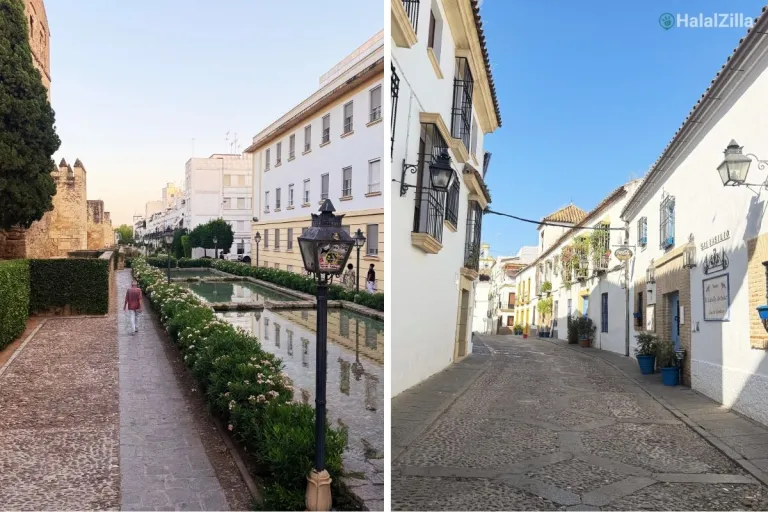
Before we dive in, let me share this: Córdoba isn’t just another stop in Spain — it feels like stepping into a living storybook of Al-Andalus. For Muslim travellers, it’s more than the UNESCO sites and pretty streets; it’s the connection you feel under your feet, knowing this was once Qurtuba, a city that shone as the jewel of the Islamic West. Walking its cobbled lanes, I kept imagining the poets, scholars, and caliphs who once strolled these very streets. Córdoba was the second city I explored in Spain after nearly three hours on the road from Toledo, where we checked into La Ermita Suites — honestly, the best decision for families, solo travellers, or even honeymooning couples. It’s also the only monument-hotel in Córdoba and the first to obtain the Muslim-friendly certification by the Halal Institute of Spain.
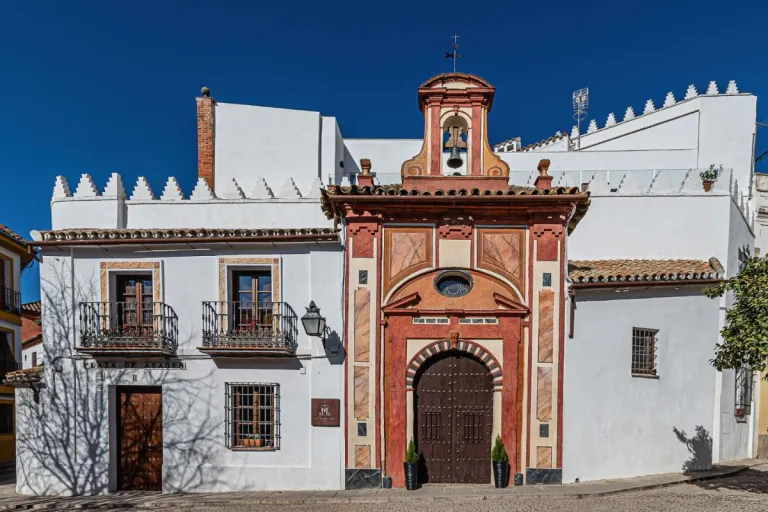
Best of all, it offers an excellent location, just a 2-minute walk from the Grand Mosque. In this piece, come along as I share my adventure through this enchanting city. In this piece, come along as I share my adventure through this enchanting city.
Also read: A Muslim Traveller’s Guide to Spain: How to Plan The Perfect Halal-Friendly Journey
First stop: San Basilio, Patios and Plata Cordobesa
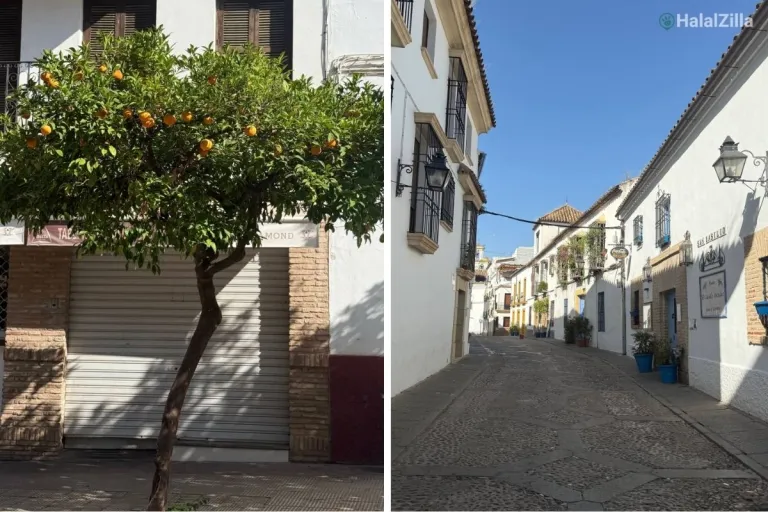
Our first stop after a scrumptious Halal-certified breakfast at La Ermita Suites was San Basilio, where we explored several patios — each one different and charming. Some were perfumed with the scent of tiny artisan perfume shops tucked inside, while others dazzled with cascades of bright flowers climbing tall walls. Orange blossoms scented the air, a fountain trickled softly, and for a moment, I just sat there, smiling. Córdoba’s love for patios goes back to its Islamic roots, inspired by Qur’anic imagery of peace and paradise.
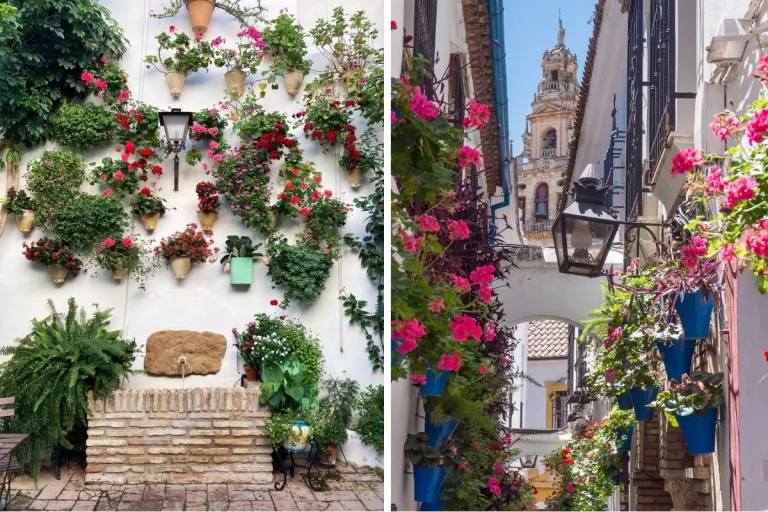
If you visit in May, don’t miss the Festival de los Patios, when locals open these beautiful spaces to the public. It’s like stepping into tiny, living pieces of history. My personal highlight? The Plata Cordobesa patio, filled with handmade silver and gold jewellery. Most designs were exclusive, with only two or three pieces in the world, and surprisingly affordable. I even treated myself to a lovely pair of earrings for €19, and they threw in a few postcards as freebies — such a sweet gesture!
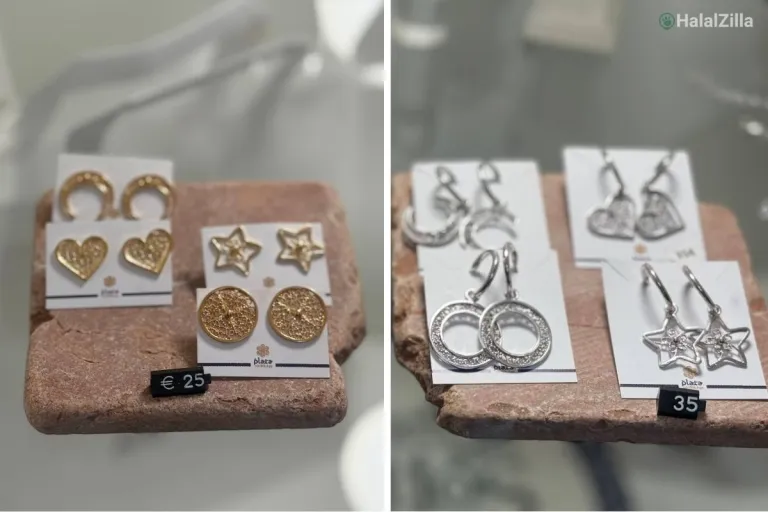
Fun fact: Córdoba’s tradition of intricate silverwork dates back to the Andalusi period, when Muslim craftsmen perfected metalwork techniques that blended Arabic motifs with local artistry, creating treasures that travelled as far as North Africa and the Middle East.
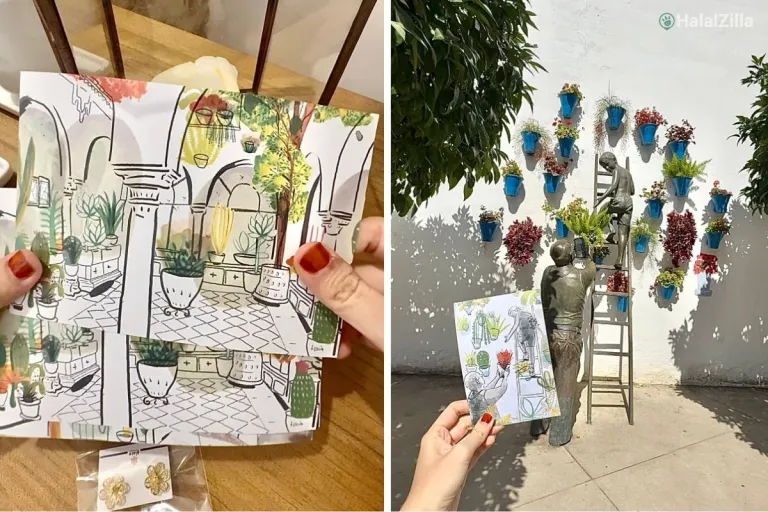
Moving on to our next spot, I stopped by a little street for a quick photo with my postcard — ayyy! We then wandered along rows of souvenir shops, where colourful trinkets and hand fans caught my eye. The fans were more than souvenirs — at 38°C that afternoon, they were a necessity for survival under the blazing Andalusian sun.
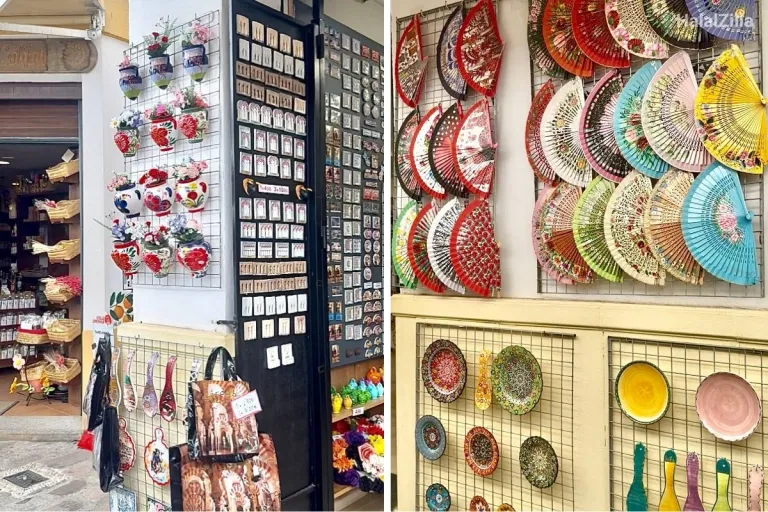
Next stop: La Mezquita
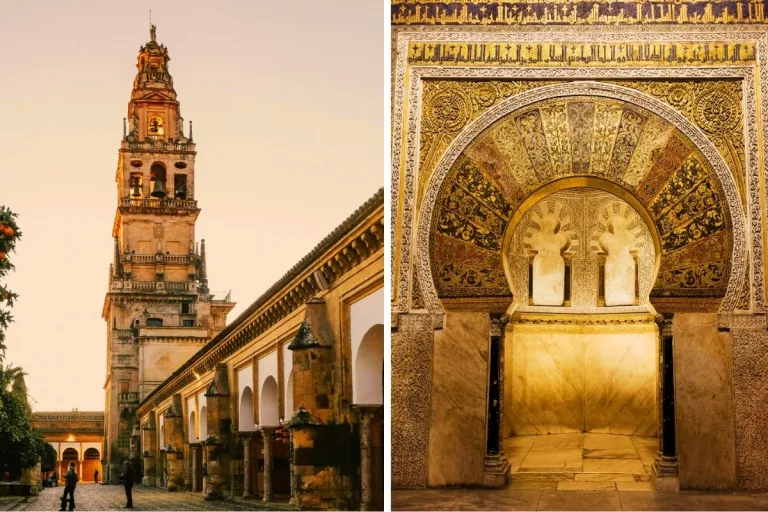
Image credit: cristina_aranda; rognar | Canva Pro
If there’s one place you’ll never forget in Córdoba, it’s the Mezquita-Catedral. Originally built in the 8th century by Abd al-Rahman I, it was the Great Mosque of Córdoba — a masterpiece of Islamic art and architecture that grew over the centuries with expansions by his successors. After the Christian Reconquista in the 13th century, the mosque was converted into a cathedral, and in the 16th century, a towering Renaissance-style nave was built right in its centre. It’s wild to see those hypnotic rows of red-and-white arches stretch on forever, and suddenly a Gothic choir rises from the middle. The clash of styles feels surreal, like two worlds frozen together, yet somehow it works, telling the story of Córdoba’s layered history in one building.
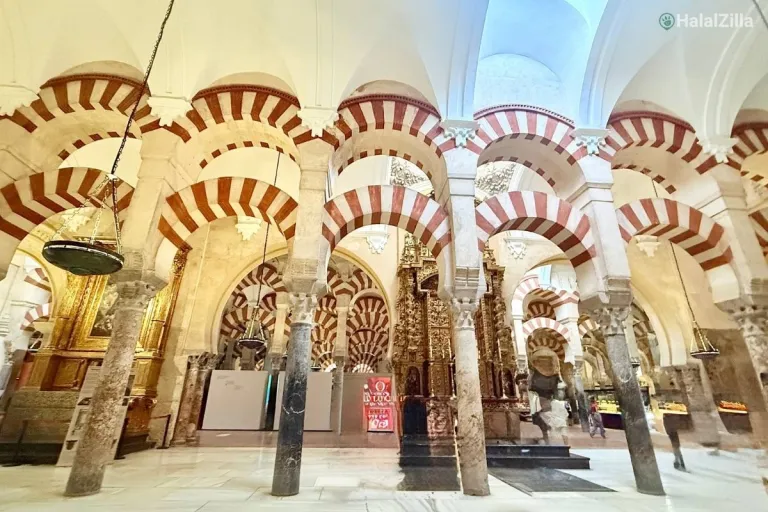
We were blessed with a great tour guide in Córdoba who was so passionate that he made the history fun and engaging. When I stepped into the Mezquita, I was in awe — the place was huge, filled with beautiful architecture from left to right. For the first time in my life, I saw a mihrab in the same building as a church, which felt otherworldly. I just froze, feeling the cool stone beneath my feet, the soft light through the arches, and the stillness around me. It reminded me of the hadith: “The earth has been made for me a place of prostration and a means of purification” (Sahih al-Bukhari). Even if we can’t pray inside today, the weight of its history is undeniable.
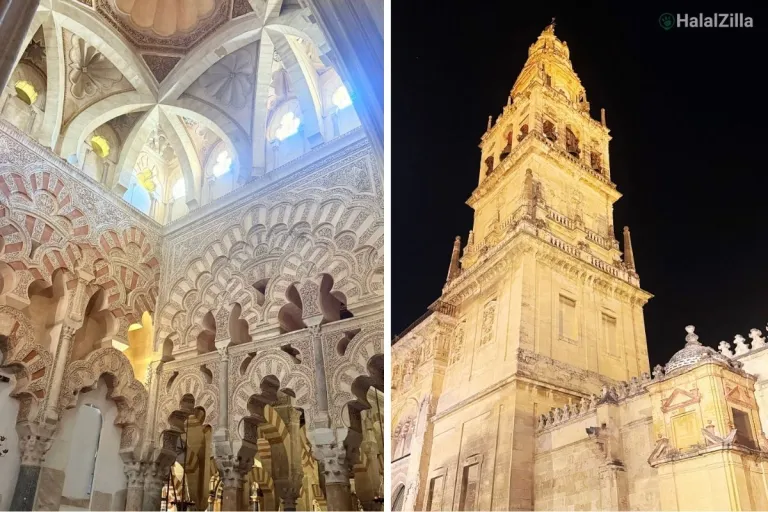
Though it’s now a Catholic cathedral, parts of its Islamic soul still remain — the mihrab, the qibla wall, and the serenity that lingers in the air. And one thing you simply must do while in Córdoba: see the Mezquita from the outside at night. Yes, at night, the illuminated arches and towering walls under the dark sky are mesmerising, SubhanAllah. Standing there, I couldn’t help but whisper a quiet prayer as I took in the view, thinking to myself, hopefully I can return one day and share with the world just how beautiful and welcoming Córdoba feels for a Muslim traveller.
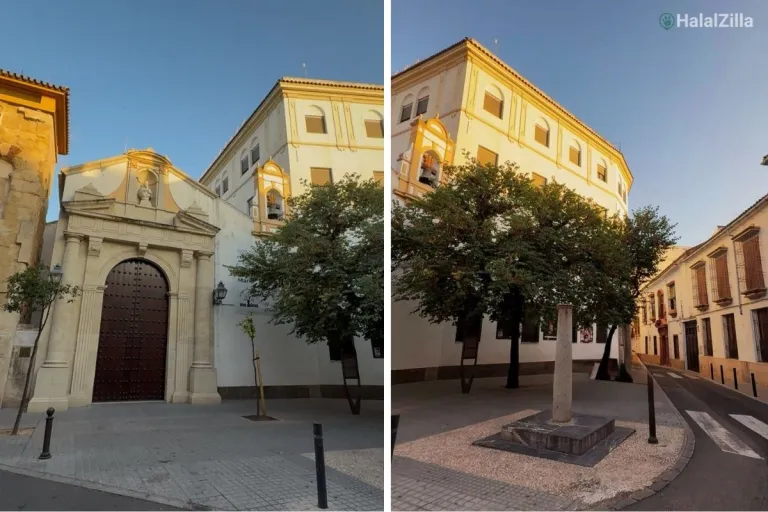
Travel tip: Summers in Córdoba can be scorching, and there’s another thing to keep in mind — locals take their traditional siesta (a midday rest) in the afternoon. Between around 2 PM and 5 PM, many shops, malls, and even smaller attractions close their doors. If you’re planning your trip as a Muslim traveller, schedule your sightseeing and meals carefully so you don’t get caught wandering in the heat with nowhere open. Ciao, we're getting ours too :p
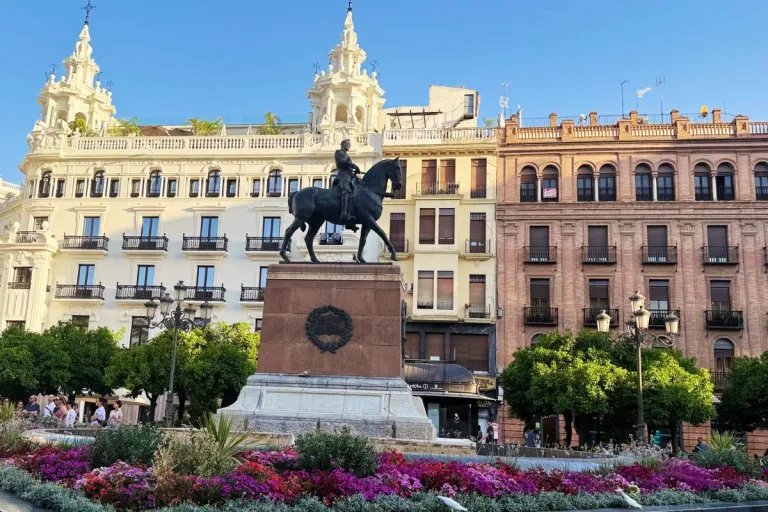
After the most-needed siesta, we continued our journey to one of Córdoba’s iconic landmarks — Plaza de las Tendillas. At its heart stands a striking equestrian statue of Gonzalo Fernández de Córdoba, known as “El Gran Capitán,” a celebrated military leader from the 15th century.
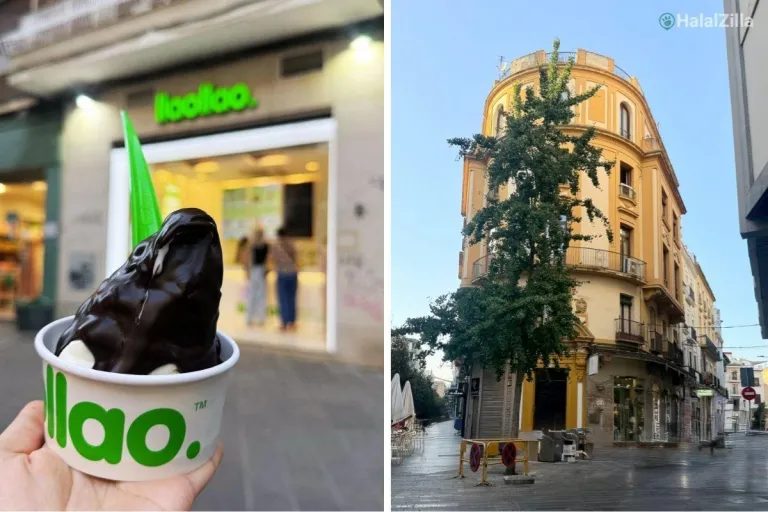
Fun fact: the clock in the square famously chimes to the rhythm of a flamenco guitar instead of regular bells, adding a very Cordoban touch. We stopped by Llao Llao for a quick refreshment — did you know Spain is the birthplace of Llao Llao? And here, they pronounce double “L” as a “Y,” so it’s actually “Yao Yao!” Lovely, and that's how we wrapped our first day in Cordoba.
Morning at Corredera, Axerquía discoveries & Olive Oil Tasting
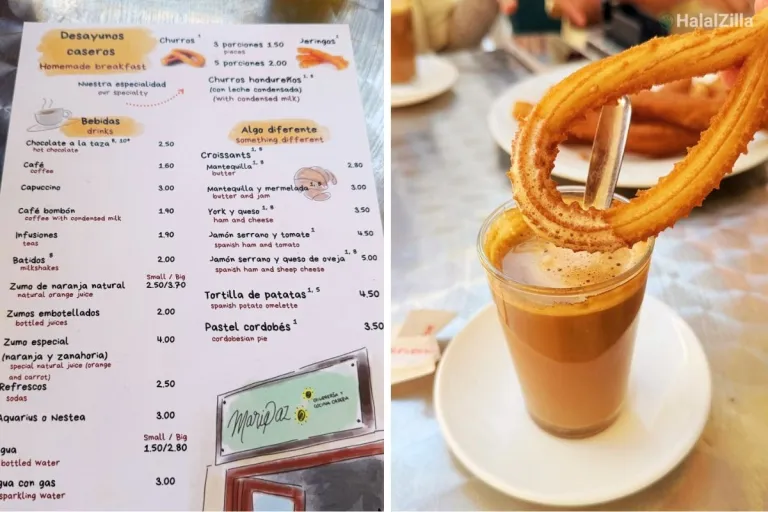
We kicked off the next morning with breakfast at Corredera Square, at a cosy spot called Desayunos Caseros. I tried their churros and jeringos — the Spanish way, by dipping them into café con leche (coffee with condensed milk). My personal favourite? Definitely the churros!
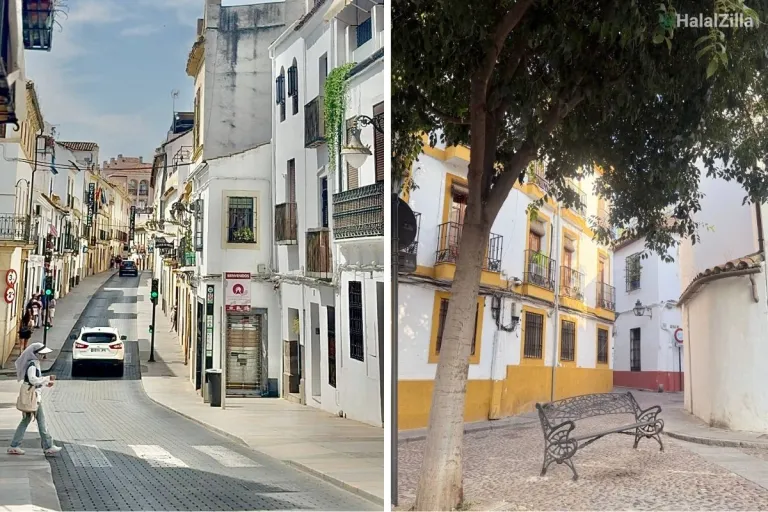
From there, we wandered into the Axerquía district, where Islamic artistry lingers in Christian-era façades. Skilled Muslim artisans, or alarifes, helped craft churches and palaces here, leaving behind hints of Arabic calligraphy, horseshoe arches, and vibrant tiles.
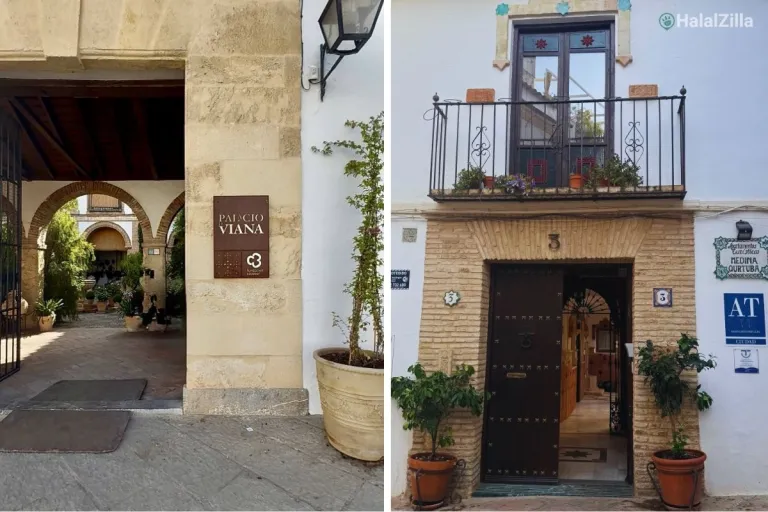
One highlight was the Palacio de Viana. It boasts 12 patios, each with its own personality. There’s the Patio de Recibo (Reception Patio) welcoming visitors, Patio de Los Jardineros (Gardeners’ Patio) lush with greenery, Patio de La Madama with its statuesque charm, Patio del Archivo with historic touches, Patio de Las Rejas known for its ornate railings, Patio de La Capilla with a chapel’s tranquillity, Patio de La Alberca featuring a reflective pool, Patio de Los Naranjos filled with citrus trees, Patio de La Cancela with its decorative gate, Patio de Los Gatos (Cat Patio) quirky and quiet, Patio de La Mujer (Woman’s Patio) elegant and intimate, and Patio del Pozo with its central well.
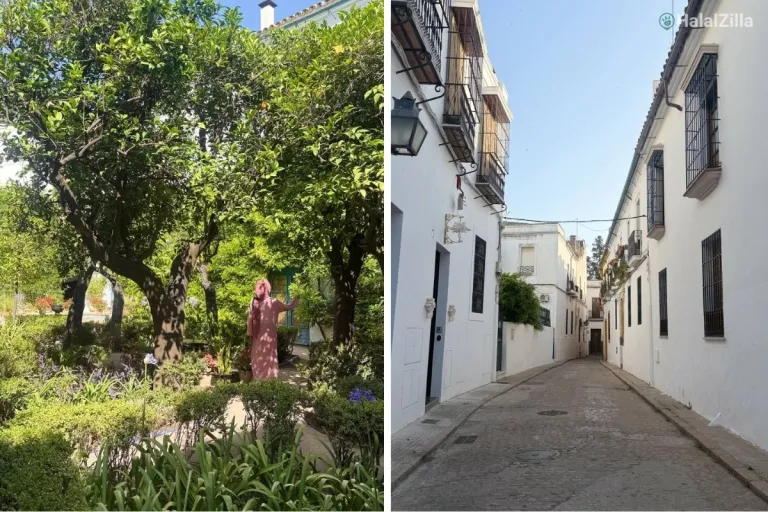
Each reflects a slice of Cordoban life and draws heavily from Andalusi ideals of harmony and nature — like living, breathing verses of the Qur’anic gardens.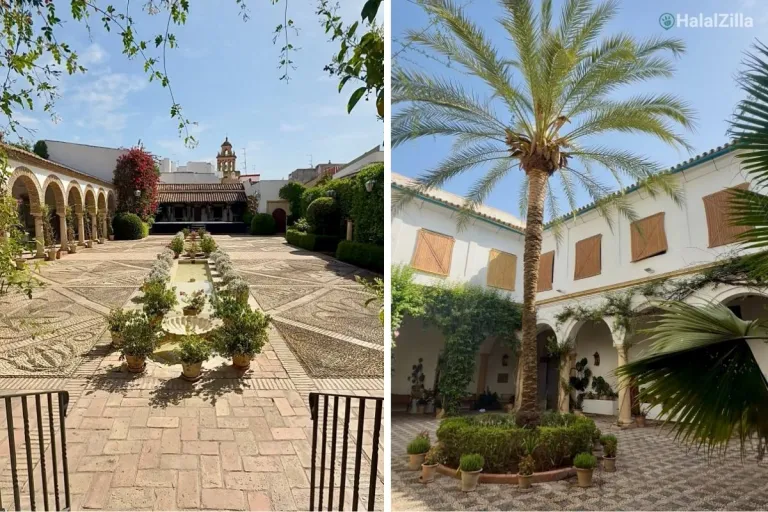
On the way to lunch, we paused by the Iglesias de Santa María for a quick photo — a church that sits on layers of Islamic history, as many such sites once housed mosques during Al-Andalus. Did you know? The Axerquía district, or Eastern Quarter, was shaped during the Islamic era and later reimagined under Christian rule. It’s a blend of styles and faiths, where visitors can explore Mudéjar architecture, a unique fusion of Islamic design in Christian buildings.
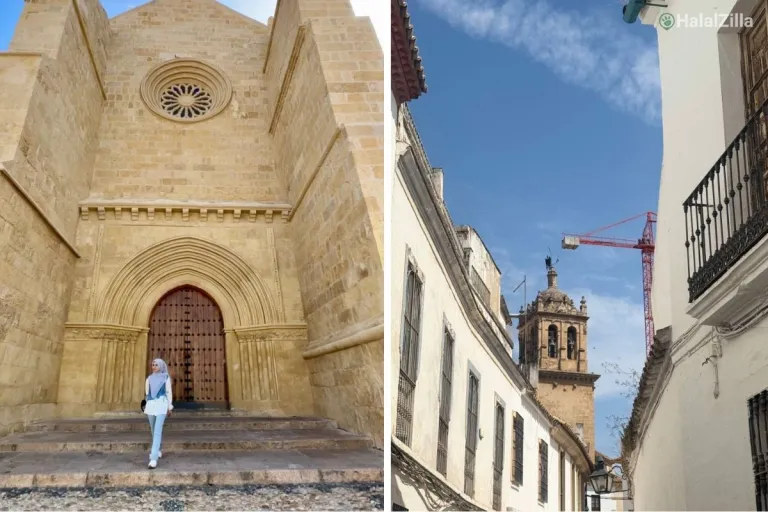
Muslim master builders, known as alarifes, were so respected for their craftsmanship that Christian rulers hired them to design churches and palaces. These structures, often adorned with Arabic inscriptions, horseshoe arches, and geometric patterns, reflect an era of cultural coexistence.
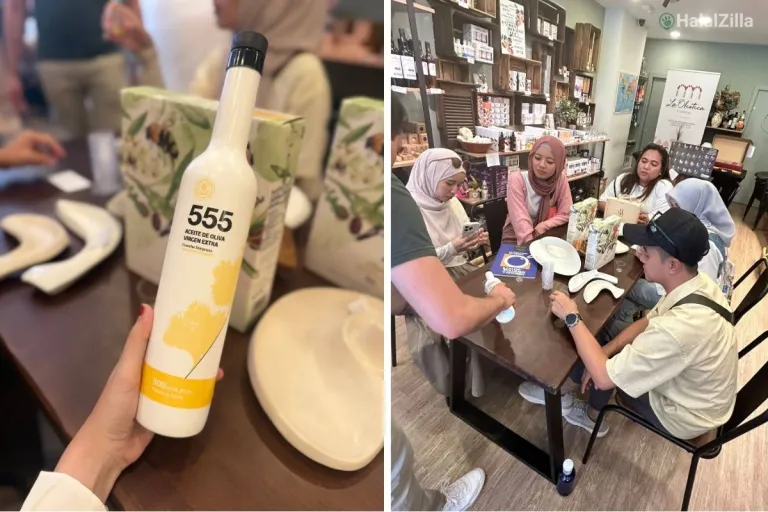
Before our meal, we stopped at an Oleoteca shop for an olive oil tasting. I learned there’s a whole technique to tasting it properly — you pour a little olive oil into a glass, gently rub or swirl the glass with your hands to warm it, then take a deep breath to capture its aroma before sipping. The warmth releases the complex spice and fruit notes, making the tasting feel almost like a ritual. The shop even sold perfumes, cosmetics, and the purest, highest-quality olive oils at reasonable prices. It reminded me of the Qur’an’s mention of figs and olives as blessed foods (Qur’an 95:1), a nod to their spiritual and health benefits.
For lunch, we found La Conchinchina Sushi Bar, a Muslim-friendly Japanese spot in Córdoba. I ordered their curry gambón, but next time I’m grabbing their halal ceviche peruano — a Peruvian-style citrus-marinated fish dish that’s refreshing and full of flavour. With bellies full, we retreated for another much-needed siesta.
Madinat al-Zahra: The forgotten palace city
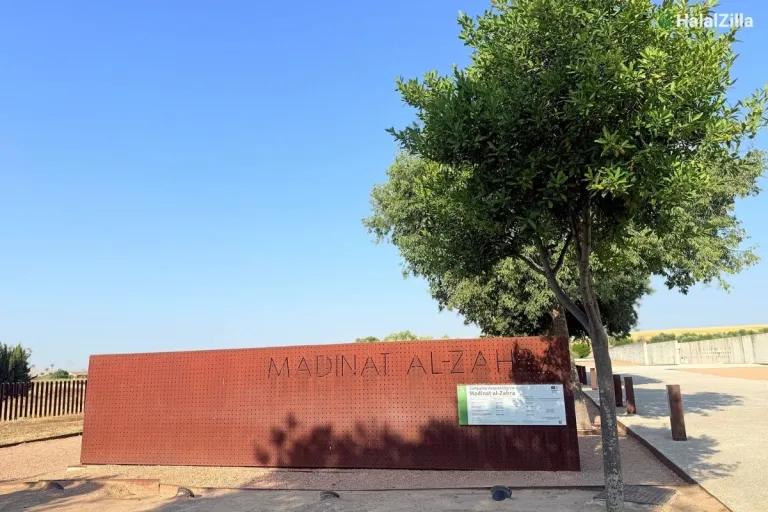
I still remember the short 15-minute drive out of Córdoba, the landscape opening up until the ruins of Madinat al-Zahra appeared like a mirage. Built by Caliph Abd al-Rahman III in the 10th century, this wasn’t just a palace — it was an entire city meant to showcase the Umayyad Caliphate’s power and splendour, rivalling the likes of Baghdad and Constantinople. Walking through the crumbling arches and tiled courtyards, I imagined what it must have been like when white marble walls gleamed under the Andalusian sun, and water channels trickled through lush gardens designed like the Qur’anic visions of Jannah — “gardens beneath which rivers flow” (Qur’an 47:12).
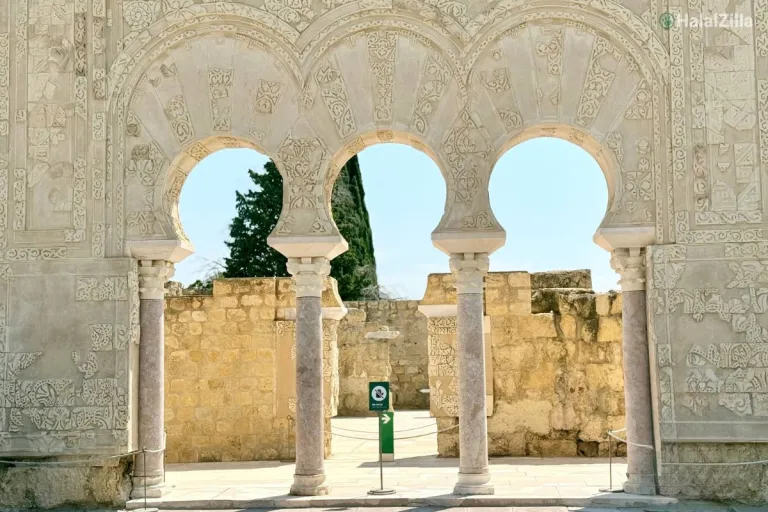
A fun fact our guide shared: Madinat al-Zahra was said to have been so lavish that poets described it as a “city of light,” where even its ceilings were once gilded to reflect the sun. Though it only flourished for about 70 years before being sacked during civil unrest, wandering through the Throne Hall ruins today still feels magical.
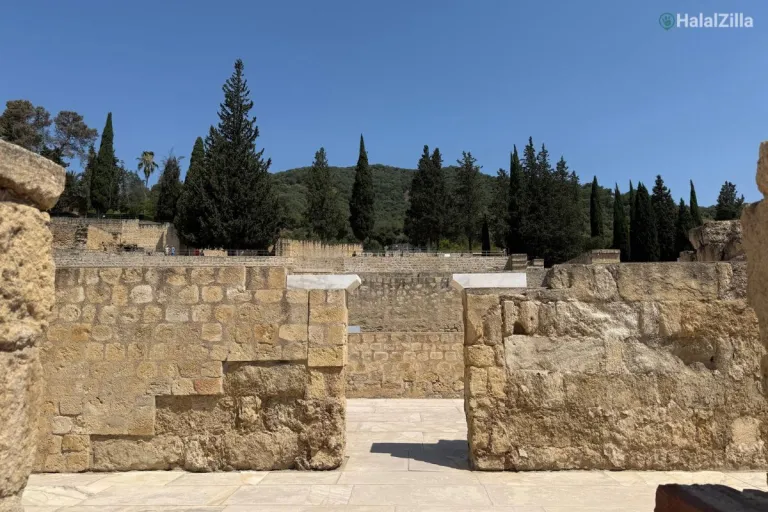
Standing there, I could almost picture ambassadors from faraway lands bowing before the caliph, gifts in hand, as Córdoba’s golden age unfolded around them. It’s no wonder this is one of Córdoba’s top attractions that every Muslim traveller should see — it connects you to a golden era of faith and culture. Plus, nearby, you can explore the Calahorra Tower museum and the surrounding rolling hills, which make the trip even more worthwhile.
Caballerizas Reales: The Art of Andalusian Horsemanship
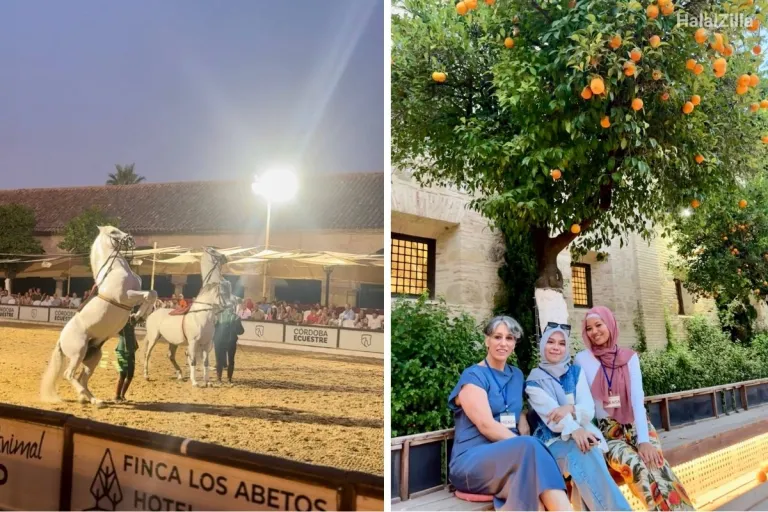
One of my favourite live experiences in Córdoba was the equestrian show at the Caballerizas Reales (Royal Stables). Watching the elegant Andalusian horses perform, a breed tracing its roots back to the Islamic era, was surreal. These stables were founded in 1570 by King Philip II, but the tradition of horse breeding and equestrian arts here stretches back to when horses were vital to Andalusi culture and warfare.
The show—“Pasión y Duende del Caballo Andaluz”—was a stunning mix of flamenco music, traditional costumes, and classical Andalusian dressage. Sitting there, hearing the rhythm of hooves and music echo in the historic stables, I felt like I was watching a living piece of history unfold. It’s family-friendly, culturally rich, and a performance I’d recommend to anyone visiting Córdoba.
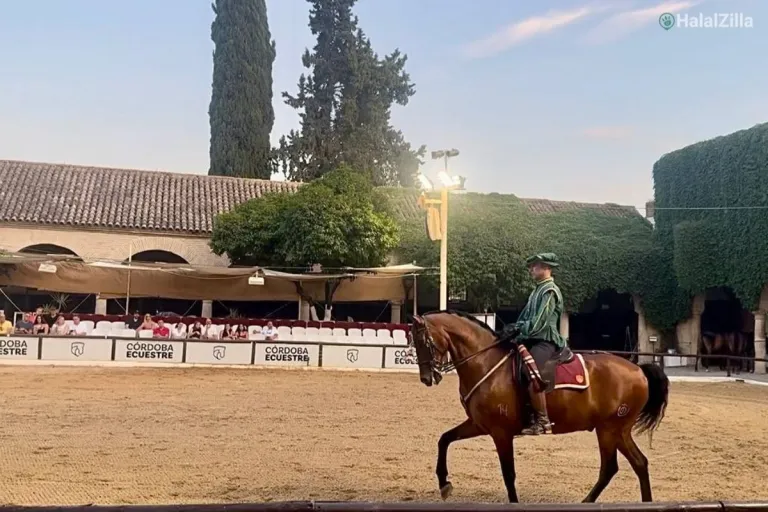
Opening hours: Shows are typically held Friday to Sunday at 8:00 PM, with occasional additional performances in high season.
Ticket prices: General admission ranges from €15 to €18 for adults, €12 for children, and discounts for groups and seniors.
Location: Caballerizas Reales de Córdoba, next to the Alcázar of the Christian Monarchs.
Rules: Photography and video recording are usually not permitted during the show, but photos before and after are welcome.
For Muslim travellers, this is a culturally respectful event with no offensive themes, making it a great evening activity after a day of sightseeing. There are also cafes and halal-friendly options nearby for dinner before or after the show.
Roman Bridge a.k.a The Game of Thrones Bridge
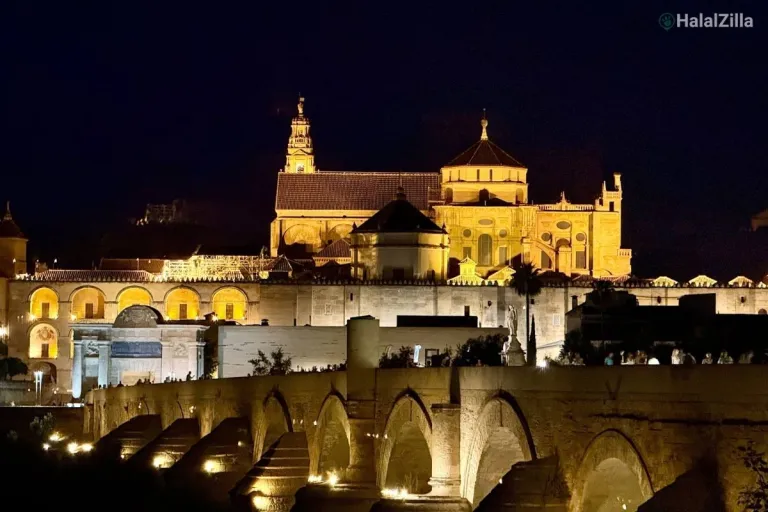
One spot I couldn’t leave Córdoba without visiting was the Roman Bridge of Córdoba (Puente Romano), stretching over the Guadalquivir River. Did you know this iconic spot also made it to the big screen? This very bridge appeared in Game of Thrones as the famous "Long Bridge of Volantis." Standing there, I imagined what life must have been like when Muslim scholars, merchants, and Sufi travellers crossed this very path centuries ago.
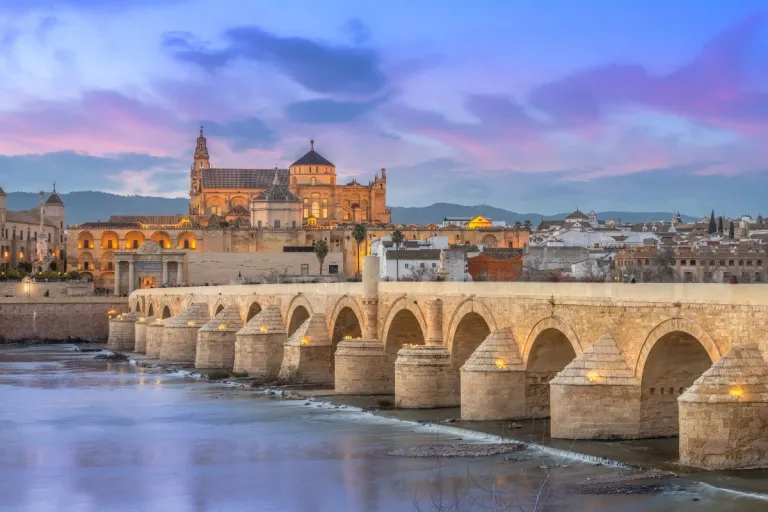
Image credit: Franck-Boston | Canva Pro
Walking along it, I could feel the layers of history beneath my feet. The Islamic-era stonework and clever arches weren’t just for show; they once carried merchants, scholars, and travellers like me across their span. As the sun dipped, the Mezquita-Catedral glowed in the distance, and the Calahorra Tower stood watch at the far end. For me, this bridge was more than just a scenic walkway; it felt like a literal crossing between past and present, a reminder of Córdoba’s role as a meeting point of civilisations. It’s one of the top attractions in Córdoba for good reason, definitely a must-visit for Muslim travellers looking to connect with history!
Halal eats & prayer spaces
During my time in Córdoba, I had the chance to try a handful of halal-friendly dining spots that I genuinely enjoyed and would happily recommend to fellow Muslim travellers. Each place had its own charm and flavour, plus they all added something special to my experience in the city.
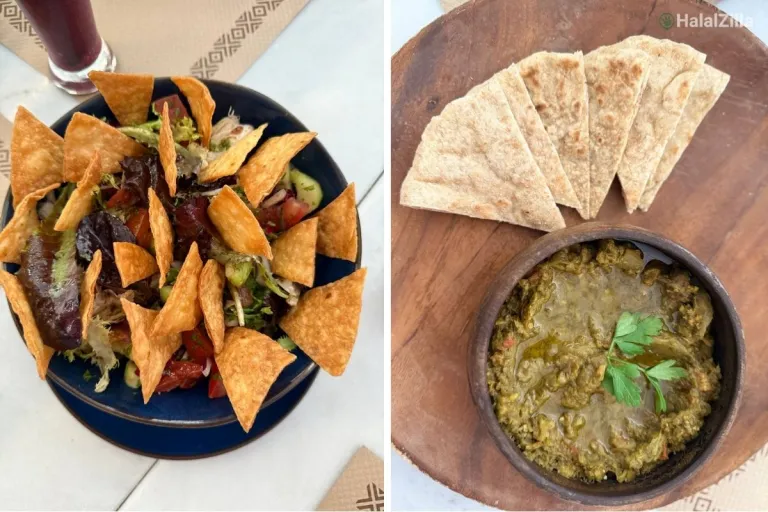
One of the highlights of my trip was dining at Beity Ibn Rushd. The moment I stepped in, the warm lighting and Andalusi tiles immediately set the mood. I ordered the lamb tagine and shakshuka, and each bite was a celebration of spices and tradition. It felt like the perfect place to reflect on Córdoba's Islamic past while enjoying honest, comforting food.
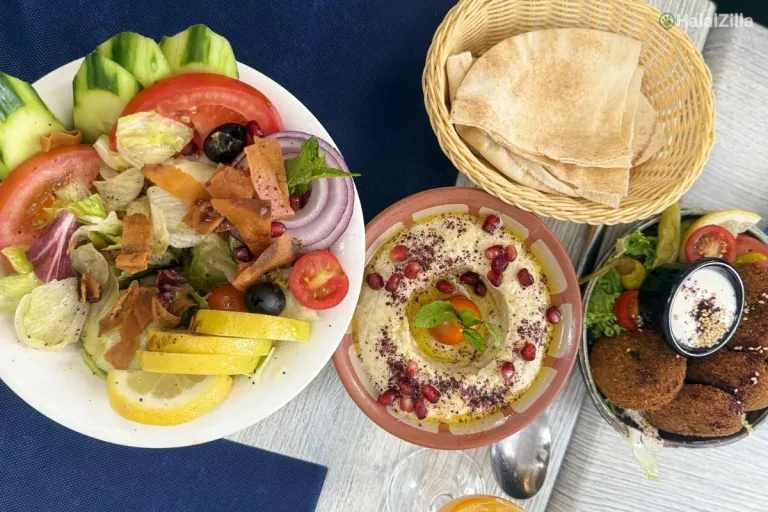
At Restaurante Damasco, the owner greeted me like family. I still remember the tangy hummus, the crisp falafel, and how the mint tea felt like a soothing end to a long day of exploring. It was a small place, but packed with generosity and heart.
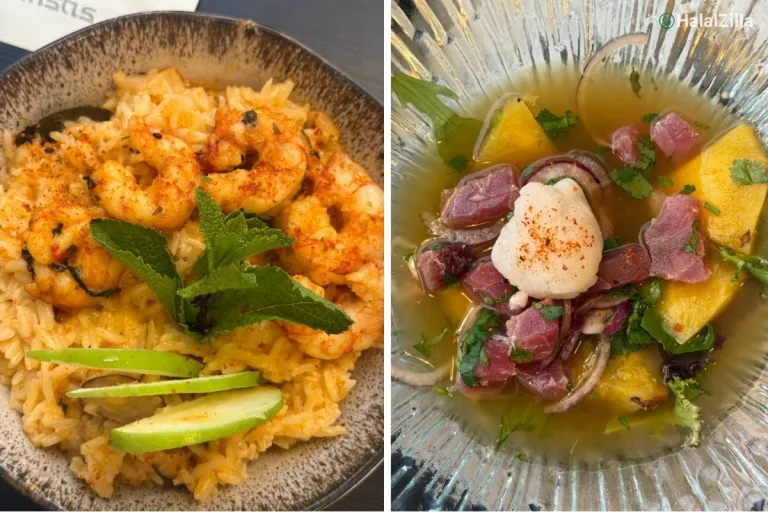
And if you're in the mood for something different, La Conchinchina Sushi Bar offers creative Japanese and Southeast Asian fusion. I opted for curry gambon (prawn), vegetarian gyozas and a salmon poke bowl—fresh, light, and satisfying. The staff were kind and happy to tweak ingredients to suit dietary needs.
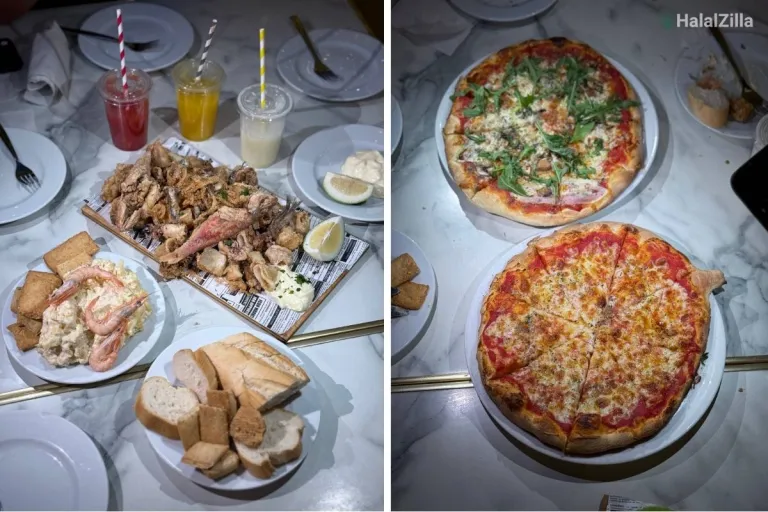
At Mercado Victoria, I wandered from stall to stall until I found some delicious seafood tapas and a refreshing watermelon juice. Sitting outdoors under the fairy lights, it was the perfect place to unwind with friends and soak up the local vibe.
When it’s time for prayer, the Mezquita de los Andaluces offers a space for worship and quiet reflection. While salah isn't permitted inside the Mezquita-Catedral, many Muslim travellers still find it a spiritually moving place to pause and offer silent duas.
Also read: Andalusia in 7 Days: Unmissable Islamic Attractions, Halal Foods and More!
Connecting the past to the present
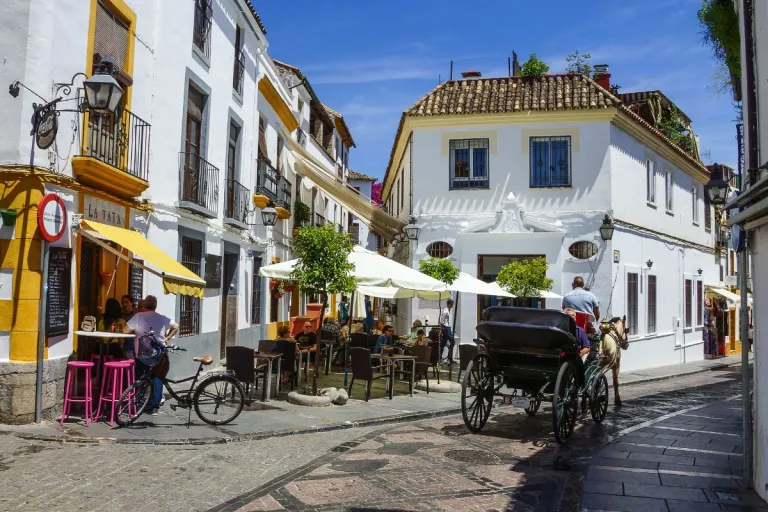
Image credit: franky1st | Canva Pro
Córdoba is more than a historical destination. For Muslim travellers, it’s an emotional and spiritual journey—a rare opportunity to reconnect with the legacy of Al-Andalus. It’s a reminder that Islamic civilisation once flourished here, leaving behind not just mosques and minarets, but values of knowledge, tolerance, and beauty.
Whether you're tracing your roots, exploring Islamic history, or simply discovering Andalusia for the first time, Córdoba is not just a stop on your itinerary—it's a destination for the heart.
(Pssst, my Spain journey does not end in Cordoba, as we have more cities to explore next: Zaragoza, Toledo, Nuevalos, Muel, Calatayud, Madrid). See you in my next piece, ciao!
______________________________________________________________________________________________________
Special thanks to the Spain Tourism Board and Fundación Las Fuentes, whose mission also includes safeguarding the tangible and intangible cultural heritage of the Andalusian civilisation.
Published at
About Author
Aimi Zulkiflee
Subscribe our Newsletter
Get our weekly tips and travel news!
Recommended Articles
10 Best Halal-Friendly Destinations in The Philippines for Muslim Travellers 10 Best Halal Restaurants in Pattaya Serving Authentic Thai Cuisine Let's try Halal Authentic Thai Cuisine in Pattaya
10 Best Places for Muslim Travellers to See Tulip Festivals in 2025 Fun Fact: Tulips didn’t actually come from the Netherlands but Türkiye!
10 Halal Anime Food Guide for Muslim Travellers in Japan Muslim-friendly versions of popular anime dishes across Japan!
Top 10 Popular Muslim-Friendly Destinations to Visit in 2025 Our schedules are packed, buddies!
Latest Articles
Top 8 Muslim-Friendly Islands in Southeast Asia Ranked by National Geographic Choose your best island getaway now!
Travel Guide to Japan for Muslim Traveler: List of Items You Cannot Bring into Japan Don’t Get in Trouble Because of Your Luggage!
What Travellers Must Know About Typhoons Kalmaegi & Fung-Wong in the Philippines and Vietnam Our condolences go to the victims affected by typhoon.
Best Hotels Near Universal Studios Japan (USJ) for Muslim Travelers The best solution is to stay at a strategically located hotel near USJ
Muslim-Friendly Guide to Western Australia: Halal Food, Spiritual Comfort, and Adventure a guide to the best Halal culinary spots and thrilling adventures you must try

